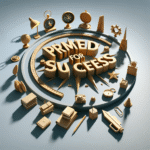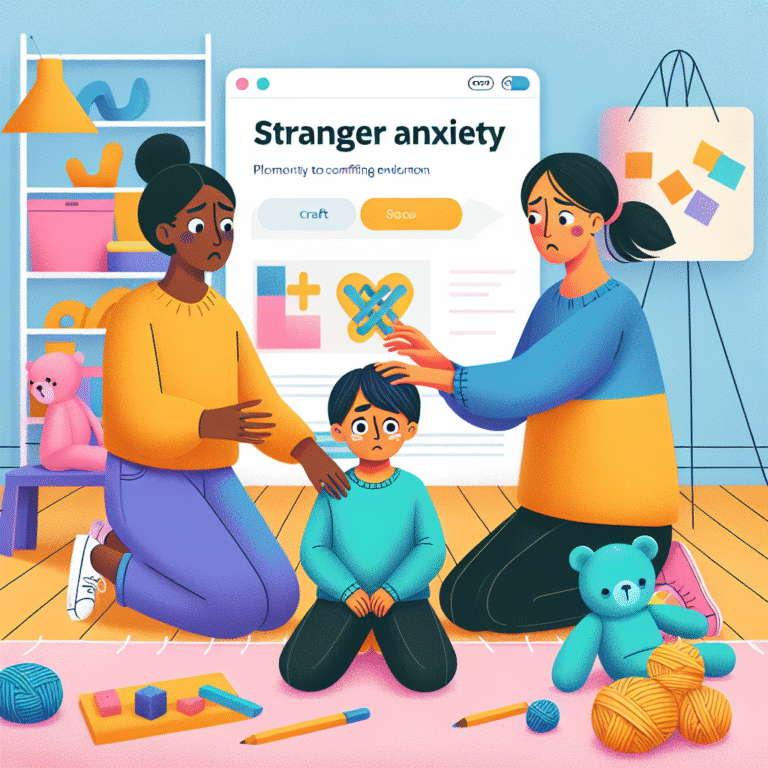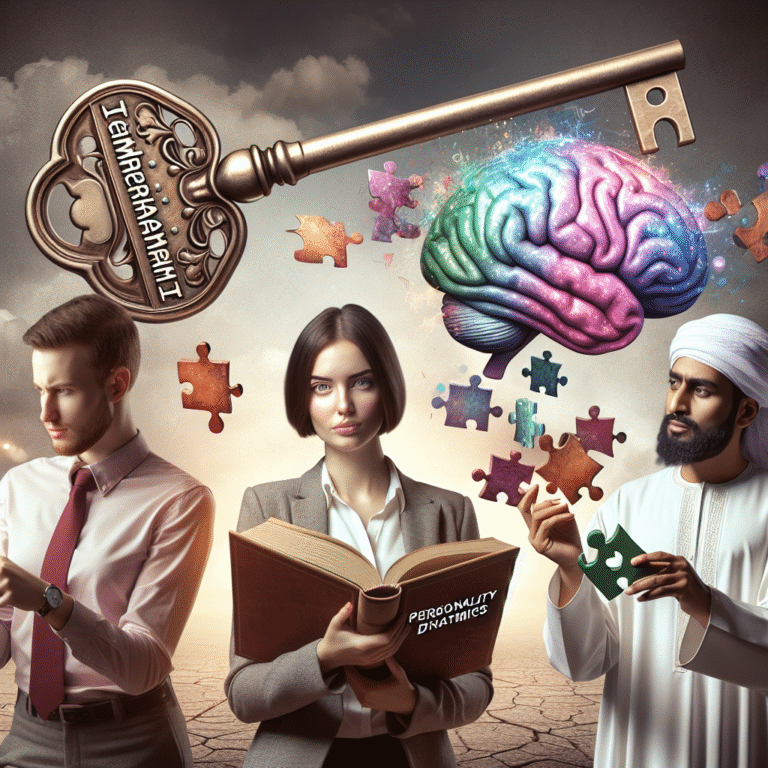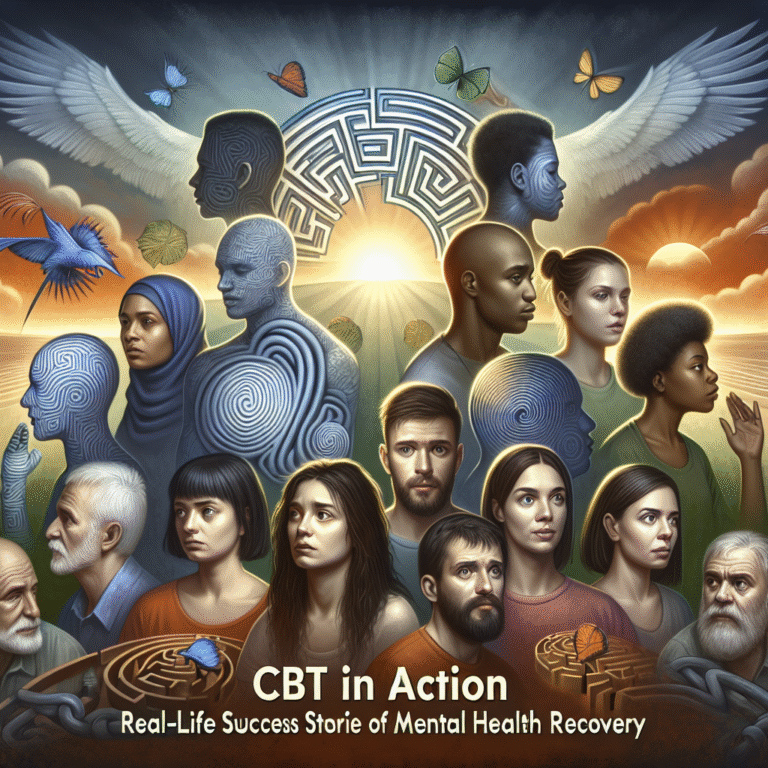
Motor development is the backbone of early growth, shaping not just physical abilities but cognitive and emotional growth as well. When we talk about "The Building Blocks of Motion: Understanding Motor Development in Early Childhood," we’re delving into a world that influences a child’s future interactions and experiences. This article will explore the significance of motor development, its phases, and real-world applications that highlight its importance.
Introduction: The Journey Begins
Imagine a toddler taking their first steps—each wobble and gleeful giggle marks a significant milestone in their development. Motor skills are crucial. They impact a child’s ability to explore, learn, and efficiently interact with the world. Understanding motor development is akin to understanding how a child learns to navigate life. So why is this important? Because each movement they make lays the groundwork for future physical, social, and cognitive skills.
Understanding Motor Development: An Overview
What is Motor Development?
Motor development refers to the progression of physical abilities and coordination, starting from infancy and extending into early childhood. It comprises two primary categories: gross motor skills and fine motor skills.
- Gross Motor Skills: These involve larger movements that engage major muscle groups. Think walking, running, or jumping.
- Fine Motor Skills: These refer to smaller movements, such as grasping small objects, writing, or buttoning shirts.
Both sets of skills are vital as they contribute distinctly to a child’s overall development.
Phases of Motor Development
Motor development typically progresses in predictable stages, each building upon the last. Here are the key phases:
-
Reflexive Movements (0-2 Months): At this stage, infants exhibit reflexes like grasping or sucking.
-
Basic Control (2-6 Months): As control increases, babies start to roll over and sit up unsupported.
-
Crawling and Pulling Up (6-12 Months): This phase marks the transition to mobility as children begin crawling and pulling themselves up.
-
Walking (12-18 Months): The transition to upright locomotion opens up a world of exploration.
-
Refined Skills (18-36 Months): Children refine their existing skills and start developing new ones, like kicking and throwing.
- Advanced Coordination (3-5 Years): Children engage in more complex activities like jumping, skipping, and balancing.
Importance of Early Motor Development
Understanding "The Building Blocks of Motion: Understanding Motor Development in Early Childhood" reveals how crucial early motor skills are to a child’s holistic growth. Here are a few reasons why:
-
Physical Health: Early movement experiences are foundational for health. Active children are less likely to develop obesity or related diseases later.
-
Cognitive Growth: There’s a strong connection between motor skills and brain function. Children with improved motor skills often excel in cognitive tasks.
-
Social Skills: Engaging in play—an essential activity for motor skill development—teaches children how to interact with peers.
- Emotional Well-Being: Mastering physical skills helps boost self-esteem and encourages risk-taking in a safe environment.
Case Studies and Real-World Applications
Case Study 1: Walking Programs in Preschools
A local preschool implemented a walking program targeting 3- to 5-year-olds focusing on increasing gross motor skills through daily walking exercises. The initiative reported significant improvements in children’s balance, coordination, and even social skills as children encouraged one another during activities.
Analysis: This highlights how structured physical programs can boost motor skills while also fostering social connections and friendships among young children.
Case Study 2: Fine Motor Skill Development at Home
Parents who engaged their children in arts and crafts—cutting, coloring, and gluing—reported not only advancements in fine motor skills but also increased focus and attention spans.
Analysis: This illustrates the significance of parental involvement in promoting fine motor skills, affirming that activities at home can greatly influence development.
Case Study 3: Outdoor Play Initiatives
An urban community saw a decrease in obesity rates among preschool children after implementing an initiative to promote outdoor play. Children were encouraged to climb, run, and explore nature, resulting in improved gross motor skills.
Analysis: This study emphasizes how community-level interventions can promote motor skills while also enhancing physical health.
Summary of Case Studies
These case studies collectively affirm the idea that targeted programs, whether at home or in educational settings, can significantly enhance motor development in children. They demonstrate the link between activity, skills development, and long-term health outcomes.
The Science Behind Motor Skills Development
Neural Pathways and Motor Skills
Development isn’t simply linear; it involves complex interactions between the nervous system and physical growth. The brain develops the necessary neural pathways to facilitate movements. The more a child practices a movement, the more reinforced these pathways become, enhancing their ability.
The Role of Play
Play is one of the most enriching activities for children. It serves multiple purposes, including learning social norms, developing physical skills, and fostering creativity. The saying “play is the work of children” rings true because it’s through play that many of these motor skills are honed.
Tables and Charts: Critical Measurements
| Age Group | Gross Motor Skills | Fine Motor Skills |
|---|---|---|
| 0-2 Months | Reflex movements | – |
| 2-6 Months | Sitting up, rolling over | Grasping objects |
| 6-12 Months | Crawling, pulling up | Transferring objects from hand to hand |
| 12-18 Months | Walking independently | Pointing to objects, stacking blocks |
| 18-36 Months | Kicking a ball | Coloring with crayon |
| 3-5 Years | Running, jumping, balancing | Using scissors, drawing shapes |
Conclusion: Building a Foundation for Lifelong Skills
By understanding "The Building Blocks of Motion: Understanding Motor Development in Early Childhood," parents, educators, and healthcare providers can critically influence children’s growth trajectories. Recognizing the various components of motor development helps in fostering an environment where children thrive physically, socially, and emotionally.
In practical terms, every adult involved in a child’s life has the capability to facilitate this development through targeted activities. Whether it’s through play-based learning, structured programs, or simple daily routines, the impact of our participation can be profound.
Key Takeaway
Encouragement and support during early childhood motor development are not just beneficial—they are essential. By investing time and resources into enhancing these motor skills, we are indirectly nurturing healthier, happier children equipped to engage in their worlds effectively.
FAQs About Motor Development in Early Childhood
1. What are the signs of delay in motor development?
Parents should monitor their child’s progression in reaching motor skill milestones. If a child is not sitting up by 9 months or not walking by 15 months, it may be worth consulting a pediatrician.
2. How can I encourage my child’s motor development at home?
Encouraging activities like crawling, running, and crafting can boost both gross and fine motor skills. Simple games and explorative play encourage movement and coordination.
3. What is the impact of digital devices on motor development?
Excessive screen time can limit opportunities for physical movement, potentially hampering motor skills development. Balance is key; encourage outdoor and physical activity alongside screen time.
4. At what age should I be concerned about my child’s motor skills?
Every child develops at their own pace, but if they aren’t meeting milestones discussed by their pediatrician, it’s advisable to seek professional guidance.
5. Are some children naturally better at motor skills than others?
Genetics and environment play roles, but through supportive activities and practice, most children can improve their motor skills significantly.
Understanding "The Building Blocks of Motion: Understanding Motor Development in Early Childhood" equips parents and caregivers with the knowledge necessary to support this crucial aspect of growth. By fostering environments that encourage movement, we are setting the stage for a bright future.















